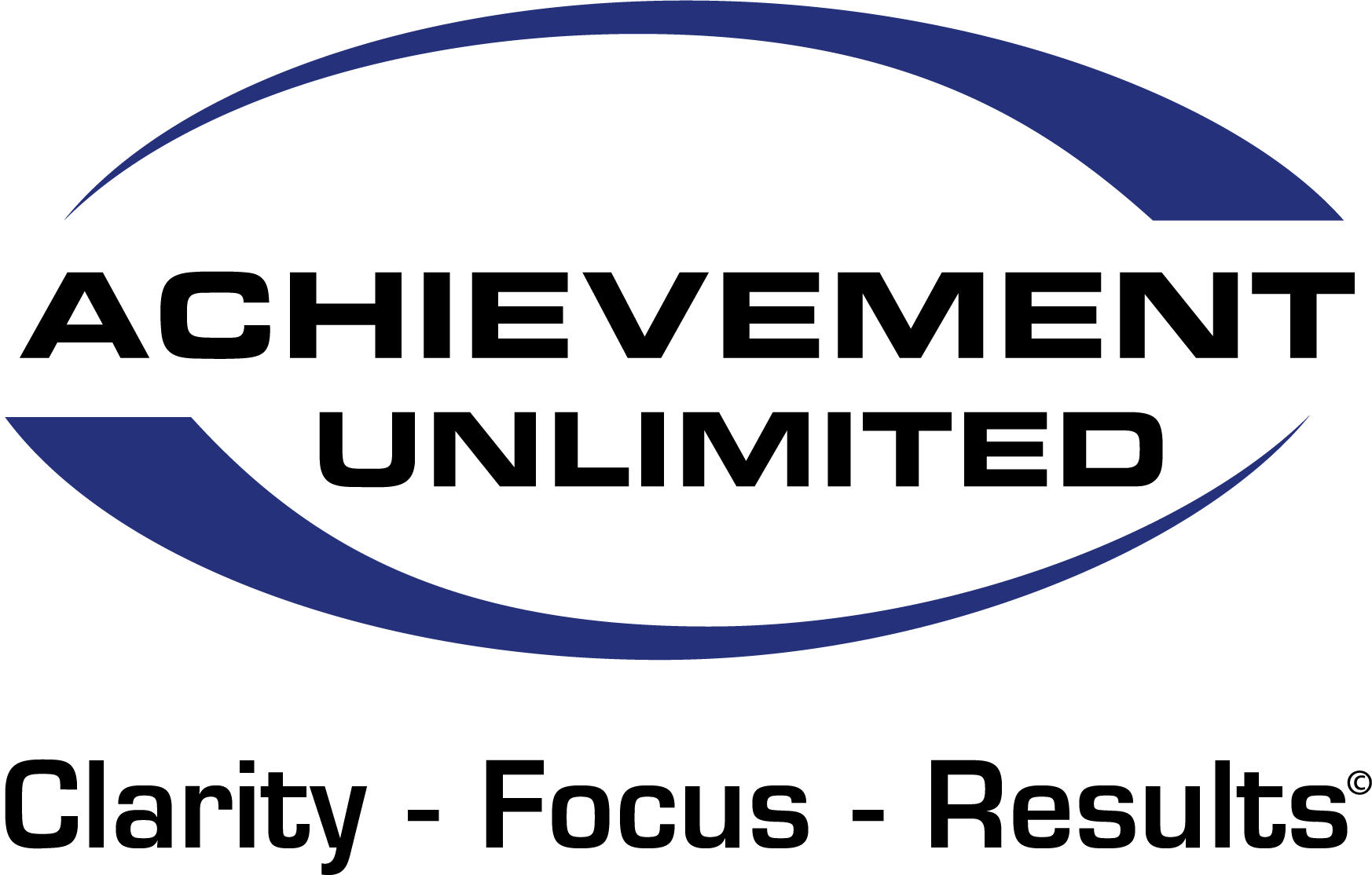Asking the Right Questions to Lead Your Team to Success

Are you asking the right question to lead your team to success?
What Really Matters Most in life, leadership, and organizational development?
As we prepare to move into the coming year, let’s take a deep dive into this question. Essentially is it a question? Or is it a matter of focus? I believe it’s both.
In order to focus on your life, leadership, and organization, you must first address “What Really Matters Most?” as a question. To transform it from a question to a focus, you must assess where you are now compared with where you want to be.
Rather than reacting to past results and current circumstances, focus on “what really matters most” requires an awareness of and commitment to your vision and purpose. As the saying from Proverbs goes “without a vision, people perish.” There is no pragmatic way to determine how to spend our time, effort, energy and resources without answering this question.
Without focus, you become a victim of current achievements, constantly reworking to compensate for unintended outcomes. We must do some deep work to design our vision.
Today’s leaders face unprecedented positive and negative forces on organizational management. These forces of change present special challenges to leadership and to the workforce. To become a results-driven team, you need extreme clarity on your vision, purpose, and strategy communicated to all involved in supporting its execution. Organizational performance measurably improves as everyone develops an absolute focus on results. This companywide focus on ‘what really matters most’ allows all members to consistently create, develop, and track the results in tandem.
You also need to develop your leadership team, creating programs that give them tools to change their thinking and behavior to achieve sustainable results, growth, and profitability. By developing your people into self-leaders, they will grow and move forward to answer “What Really Matters Most” for your business.
Future looking leaders will use the competitive edge found in developing self-leadership in employees at all levels of the company. Your people are the ones to make it happen. Hence the need for clarity, focus, and a real understanding of “What Really Matters Most” at all levels. Do you have a winning strategy to get you to What Really Matters Most?






Recent Comments